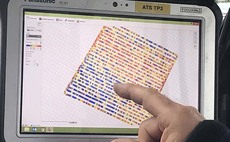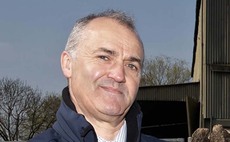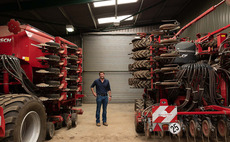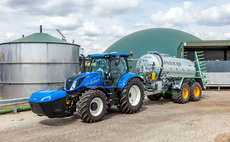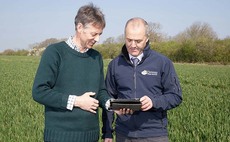Author profile
The CLA is involved in discussions to help shape future strategies for woodlands and forestry, including tree planting programmes and future agricultural policies
Farming and land use has changed over the years, with greater emphasis now placed upon the delivery of environmental objectives and, in the future, climate change mitigation and carbon sequestration will feature.
An overview of what a trust is, the three main types of trust, what they are used for, the tax implications and how members can benefit from the CLA’s expert advice
Arable
This spring saw the launch of TerraMap Carbon, a new service from Hutchinsons which will help growers to obtain more accurate carbon baseline measurements.
Arable
The chemical element carbon has some notable properties. It exists in pure form but also combines with other elements to form more compounds than all other elements combined.
Arable
Now is the time for farmers and agronomists to act to address carbon footprint on farms, according to Farmacy agronomist and service leader Matt Ward.
Arable
Foxburrow Farm, a mixed arable and livestock farm in Norfolk, has reduced its carbon footprint as a result of changes to its cultivation strategy, the consequent reduction in time spent on the land, Controlled Traffic Management and decreased herbicide and insecticide use.
Arable
New Holland is in the final stages of bringing a methane-powered version of its T6-180 tractor to market which will deliver impressive reductions in particulates, nitrous oxide and CO2, reduced running costs and a resulting reduction in carbon footprint.
Arable
Hutchinsons’ Helix Project aims to explore how cutting-edge technologies can be successfully linked with knowledge to deliver more effective advice by agronomists to farm businesses. Moat Farm at Whiston, Northamptonshire, is a host farm for the project.

 02 February 2022
•
1 min read
02 February 2022
•
1 min read
